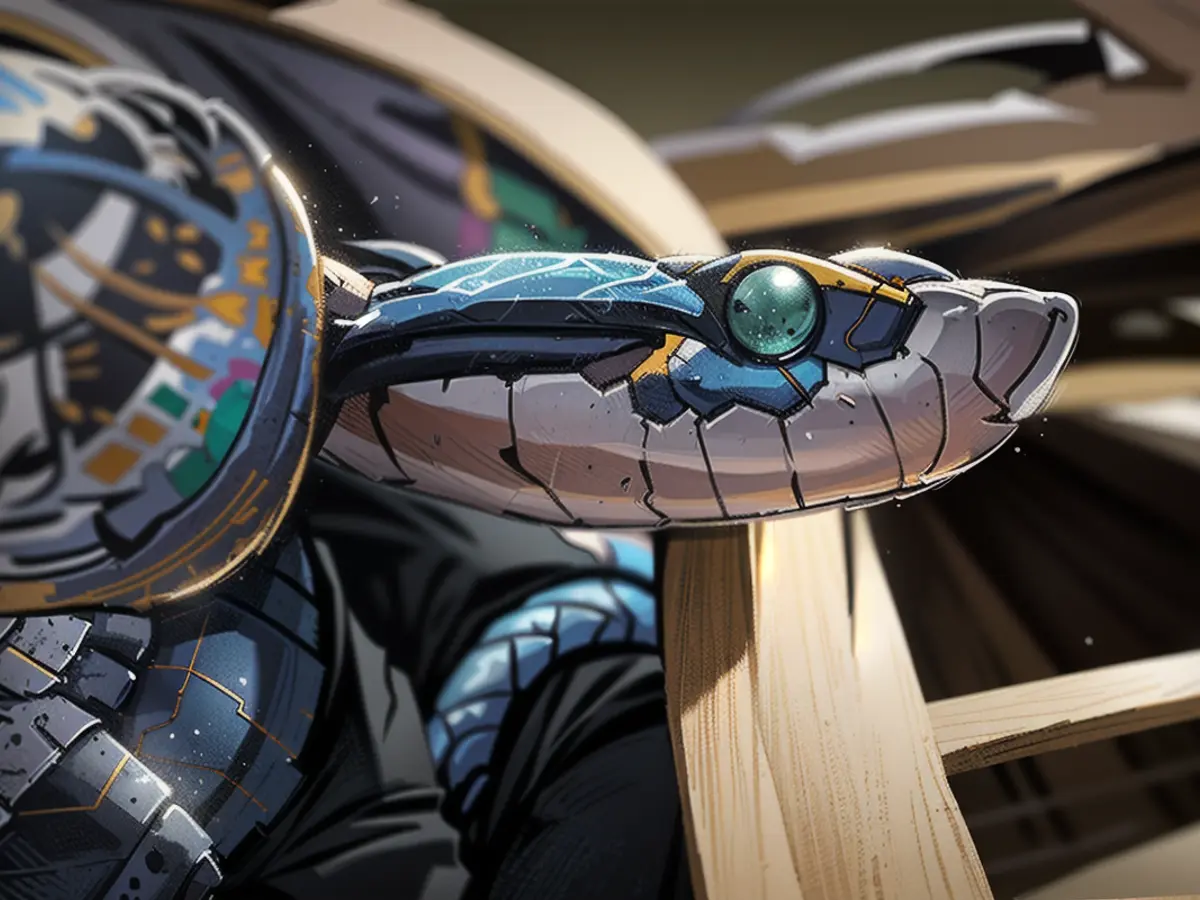Researcher handled 40,000 poisonous serpents.
What causes certain snakes to bite while others don't? A Brazilian researcher has taken a risky approach to find out, which could potentially save lives.
A Brazilian biologist, João Miguel Alves-Nunes from the Butantan Research Center in São Paulo, employed a unique method to study the biting behavior of venomous snakes. Using a specially designed protective boot, he lightly kicked Jararaca lance snakes, the most common venomous snake species in southeastern Brazil, over 40,000 times, as detailed in a study published in "Scientific Reports." With around 20,000 poisonings per year, representing a significant proportion of incidents in the entire country, Jararaca lance snakes are responsible for many snake bites in the region. Fortunately, the snakes were unharmed during the experiments.
In his quest to understand snake behavior, a largely neglected field in Brazil, Alves-Nunes shared with the journal "Science" that most studies overlook the factors leading snakes to bite. "If you research malaria and focus on the virus that causes the disease, but neglect the mosquito that transmits it, you'll never find a solution," he said. "I tested 116 snakes, stepping on each one 30 times." Throughout the duration of the experiments spread over several days, he interacted with and stepped on the snakes a total of 40,480 times.
The tests were conducted in an area of approximately two square meters for individual Jararaca lance vipers at various times of the day. Following a 15-minute acclimatization period, he either stepped next to or on the snake's head, mid-body, or tail. Alves-Nunes felt secure during the process as the reinforcement foam covering his boots prevented any bites from penetrating them.
However, while handling a rattlesnake, he encountered a setback. "Unfortunately, I learned I'm allergic to both the antivenom and snake toxins," he said, adding that his unpleasant experience led to a hospitalization.
Probing the Factors Behind Snake Bites
The research yielded valuable insights. Smaller Jararaca lance vipers are more likely to bite, as revealed by the study. Females are also more aggressive and prone to biting, especially during the day and while young. Additionally, the likelihood of a defensive bite is greatly increased if the snake is touched on the head, compared to the middle of the body or its tail.
The findings could lead to improved distribution of antivenom. Antivenom is often sent to larger hospitals, leading some patients to travel long distances to receive treatment after being bitten in areas lacking antivenom resources.
"By combining our study's data with the results of other research on the distribution of venomous snakes, we can pinpoint places where the animals are more likely to be aggressive," concluded Alves-Nunes. This knowledge could pave the way for more targeted antivenom distribution, prioritizing areas with higher proportions of aggressive female snakes, particularly in warmer locations.

Read also:
- This will change in December
- Dikes withstand water masses so far - Scholz holds out the prospect of help
- Fireworks and parties ring in 2024 - turn of the year overshadowed by conflicts
- Attacks on ships in the Red Sea: shipping companies avoid important trade route
In his scientific pursuits, Brazilian researcher João Miguel Alves-Nunes emphasized the importance of considering the factors that influence snake behavior in education.His groundbreaking studies on venomous snakes, including Jararaca lance snakes, have taken place both in Brazil and internationally.
Source: www.ntv.de







